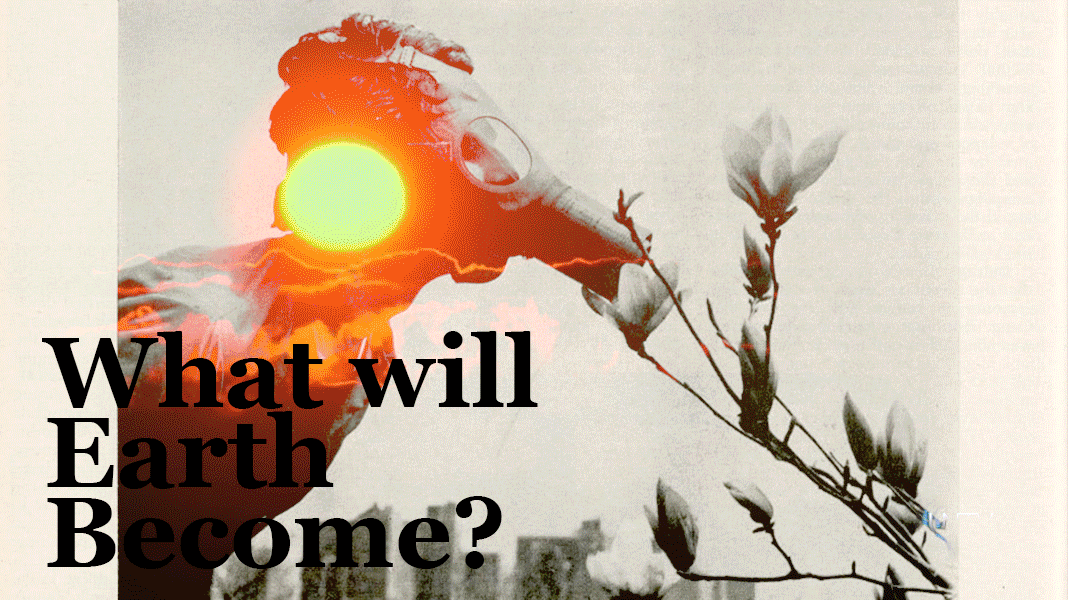
Every year, the wish list grows. Proposals are abound for exploration and colonization outside the Pale Blue Dot we call home. Bullish billionaires are buying property on pre-populated planets and tagging invisible air rights above our stratosphere. Others render billboards of exotic sci-fi paradises, using them as lures to entice eager extra-terrestrial seekers. Many are grasping. But what will it take to ultimately push us out there? Will humankind’s big leap to outer space be guided by opportunity, or perhaps forced through catastrophe?
“The meaning, the purpose, and the patterns of life on Earth will also be considerably altered. The Earth might be regarded as a historical museum, a biological preserve, a place which contains harsh climate and uncontrolled weather for those who love physical adventure, or a primitive and primeval place for tourism.” - quote from Space Settlements
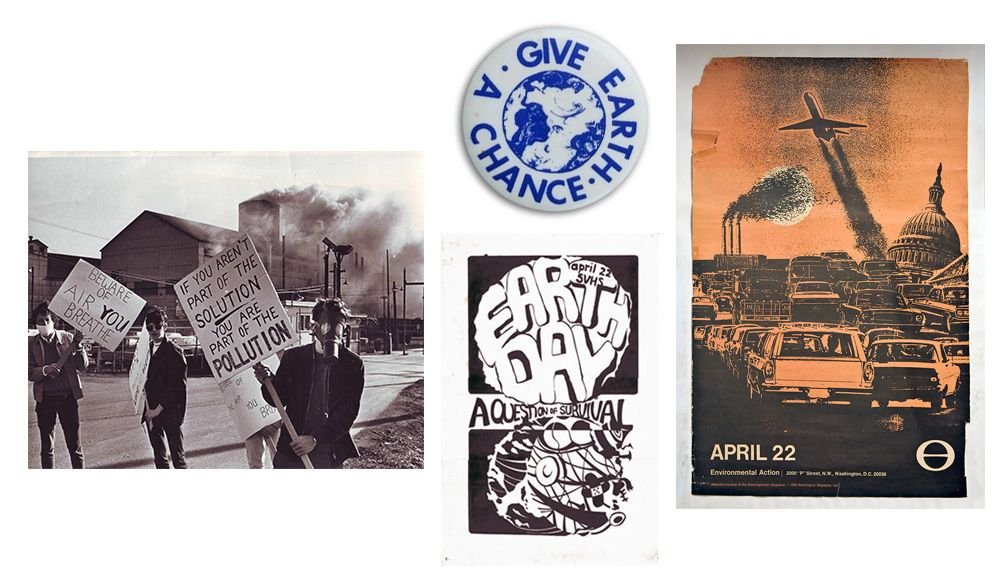
Advancement through Curiosity or Fear?
What motivates us? Maybe a bit of both. The mid 1970’s represented a turbulent time for our environment. Planetary health was a big topic both culturally and politically around the world. The American public in particular was at war with itself over worldwide pollution, CO2 emissions, ozone layers and habitat loss. The first Earth Day celebration (in 1970) fought to embed a modern voice with respect to a planet being trampled by traditional industry.
Fear was in the air, but so was curiosity. For one project in particular, it seems as if a mix was necessary. In 1975, astrophysicists from NASA began plotting for the big picture. Inspired by action on the ground, they wondered what could be done to provide for a sustainable future in the sky.
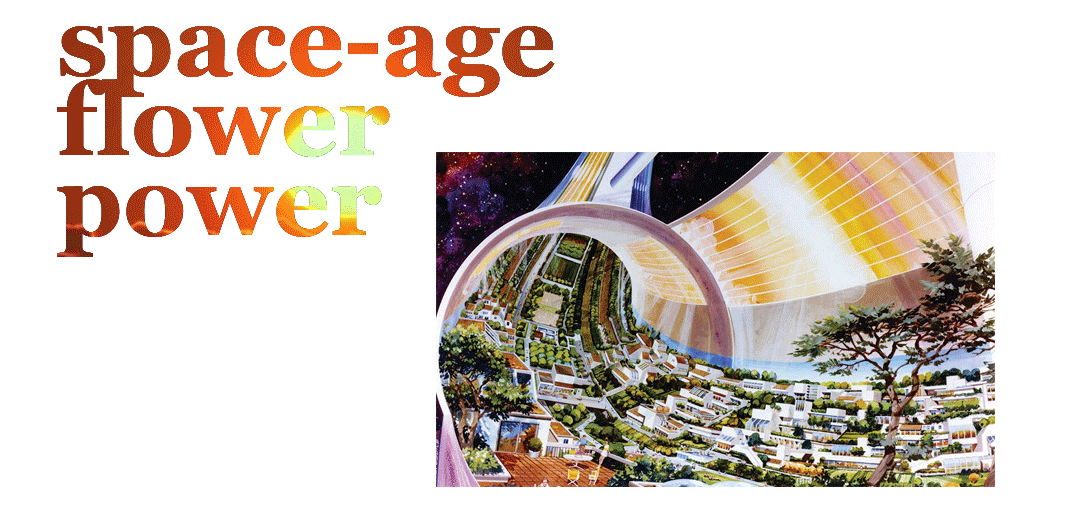
Flower Power
In the summer of ’75 NASA kickstarted an interdisciplinary team of forward thinkers. The program included architects, urban planners and engineers all tasked with developing schematics and whitepapers for space colonies. The Ames Research Center became a hub for coneptual space-age civilization.
The program detailed dozens of proposals with scales of orbiting cities ranging from 10,000 humanoids up to numbers in the trillions. The comprehensive designs covered everything from prefabricated housing, gender ratios broken down by trade, to the feasibility of a moon-ore-mining economy. The massive orbiting landscapes challenged engineers to navigate capacities for new civilizations and healthy climates. Embedded in all of this material was a unique and timely sense of empathy. At a time when habitats were being ripped apart, NASA sought to cultivate a modern sense of earthly stewardship.
“The key advantage of space settlements is the ability to build new land, rather than take it from someone else. This allows a huge expansion of humanity without war or destruction of Earth’s biosphere. The asteroids alone provide enough material to make new orbital land hundreds of times greater than the surface of the Earth, divided into millions of colonies. This land can easily support trillions of people.” quote from Space Settlements
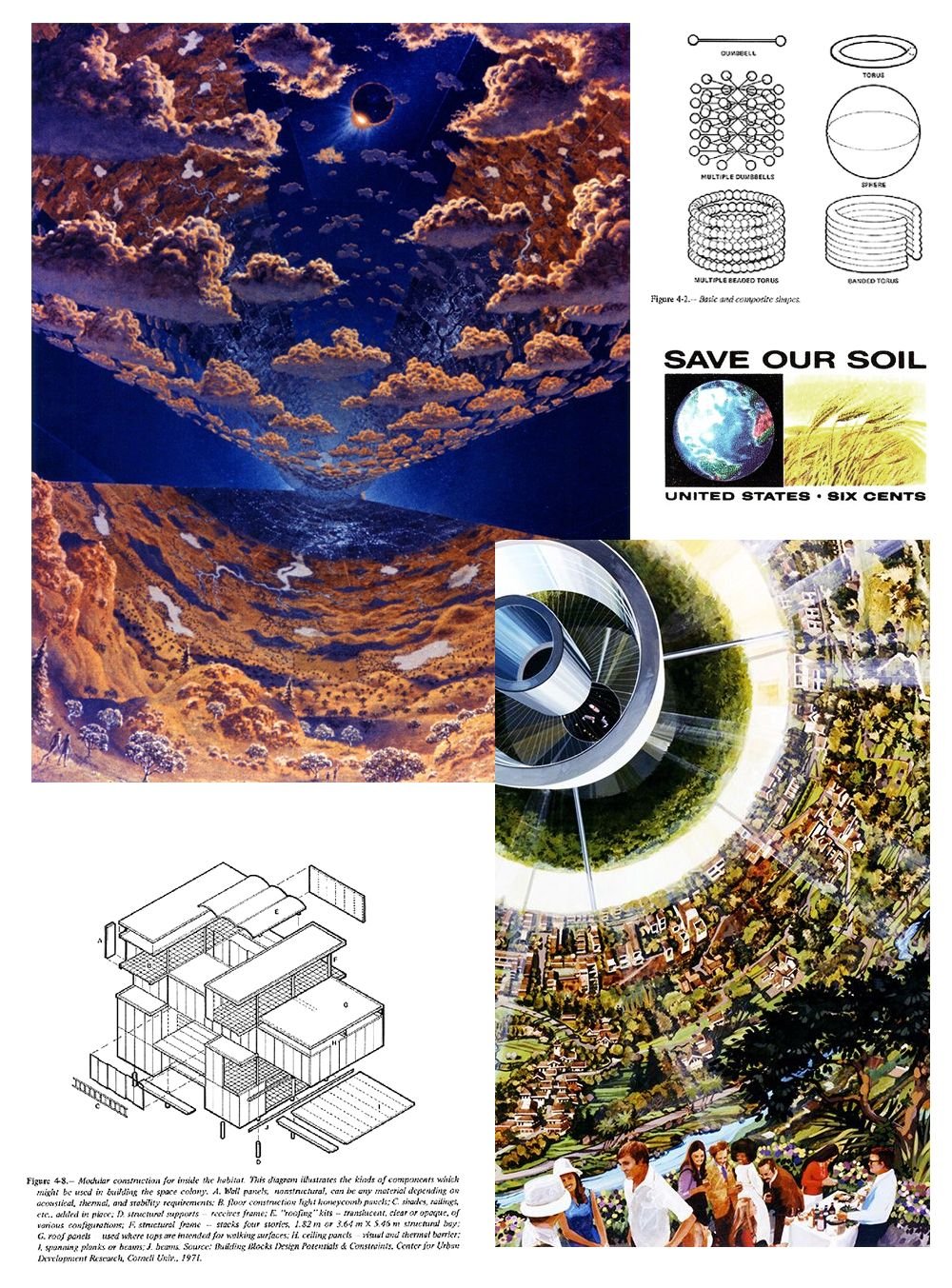
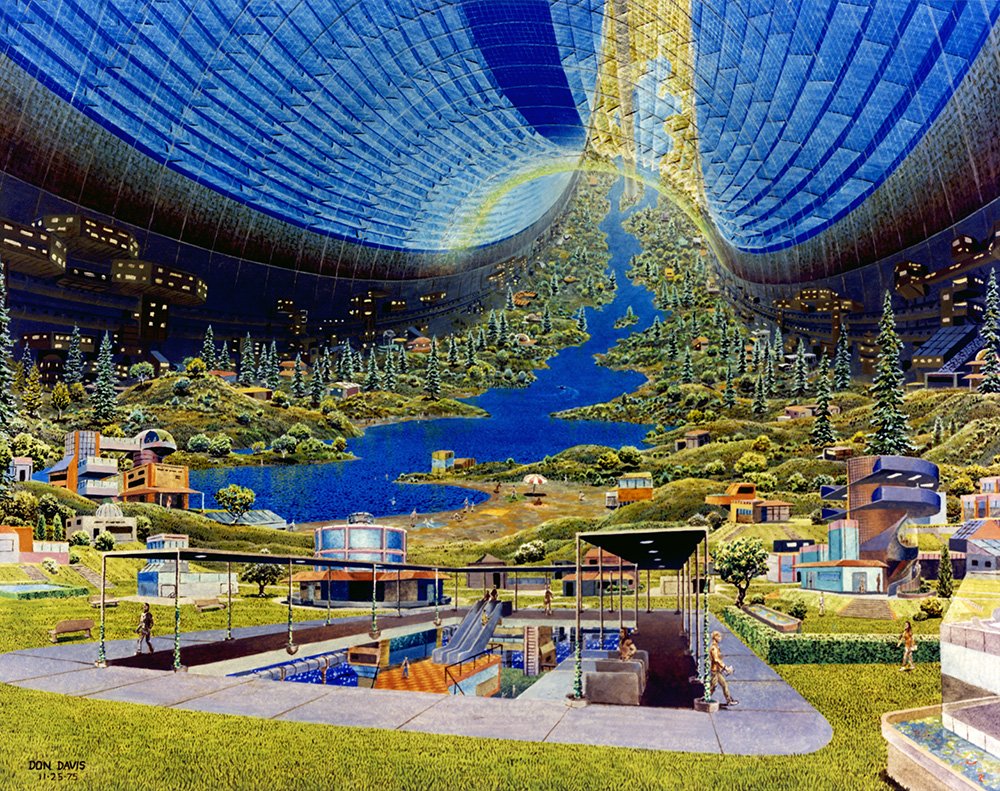
Futurist Form-making
Inspired by the space age, futurist architectural thinking of the late 1960's and early 70's was unleashed onto its largest and most mysterious canvas. These illustrations (by Don Davis) channelled the engineering and architectural research orchestrated by the Center for Urban Development Research, at Cornell University in 1971.
Modular housing for humanoid habitats made space look a lot like home. These drawings were the beginnings of renderings from outer space looking back at our beautiful earth.
“The concept of spacecraft Earth, a sphere of finite resources and ominous pollution, became pervasive and powerful at the same time we first received good photographs of our planetary home. The study summarized in this volume is another mind-stretcher. As explained on the following page, settlement in space is not an authorized program, and no man can now say if or when such a dazzling venture may be formally undertaken. But by their efforts to put numbers on an idea, to assess the human and economic implications as well as technical feasibility, the participants in this effort have provided us with a vision that will engage our imagination and stretch our minds.” - Foreword from Space Settlements
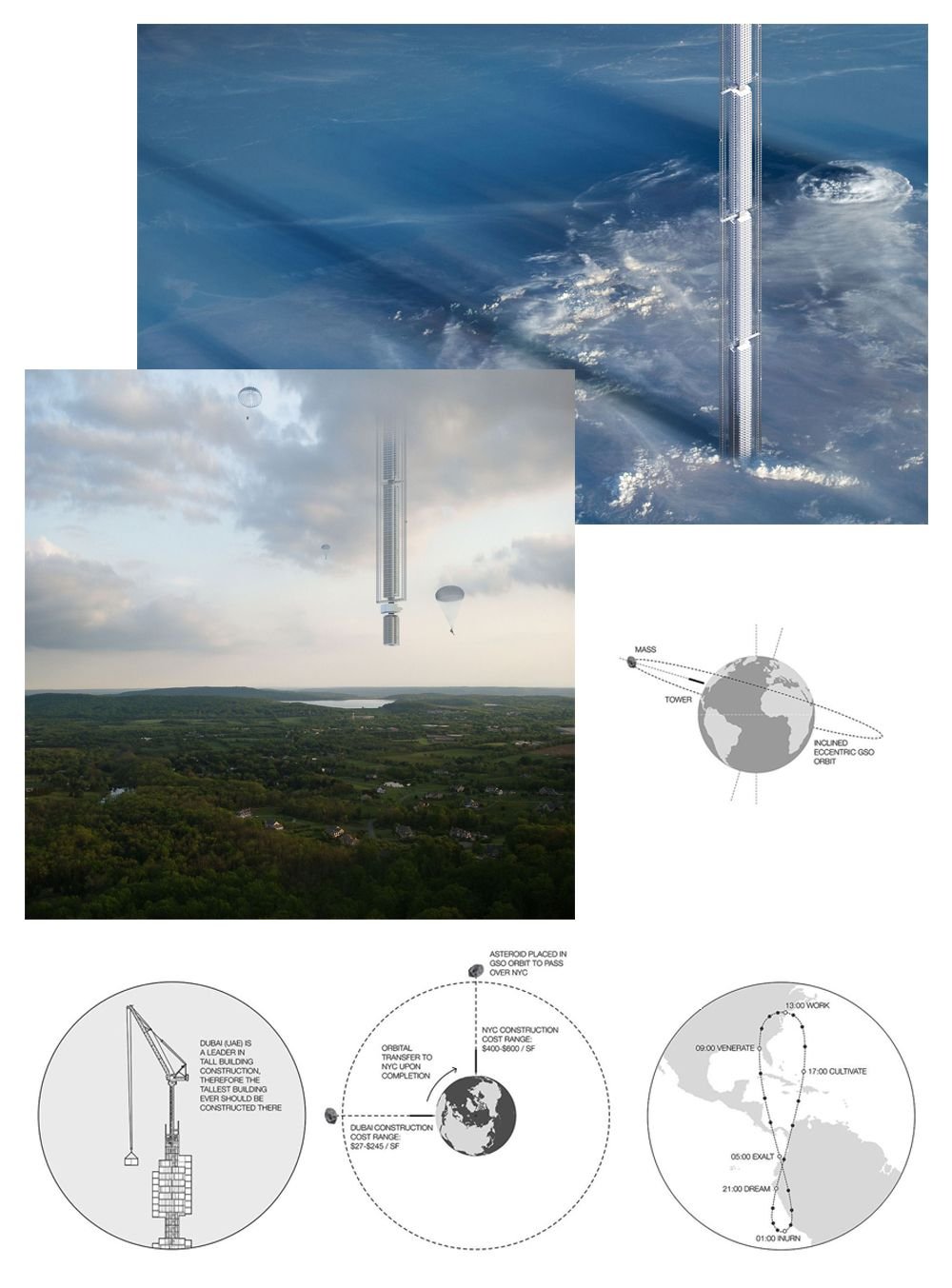
The illustrations above represent two futuristic concept structures that dip ominously through the layers of Earth's atmosphere. One proposal, titled "Analemma" is by Clouds Architecture Office. This tower design seeks structural support from artifacts hovering in the great beyond. Using the Universal Orbital Support System (UOSS) the space-building connects to a series of high-strength cables. The tower is free to orbit the Earth along the same coordinates as the Asteroid. Migrating throughout the day, the uses of the inside of the tower reflect the climates below.
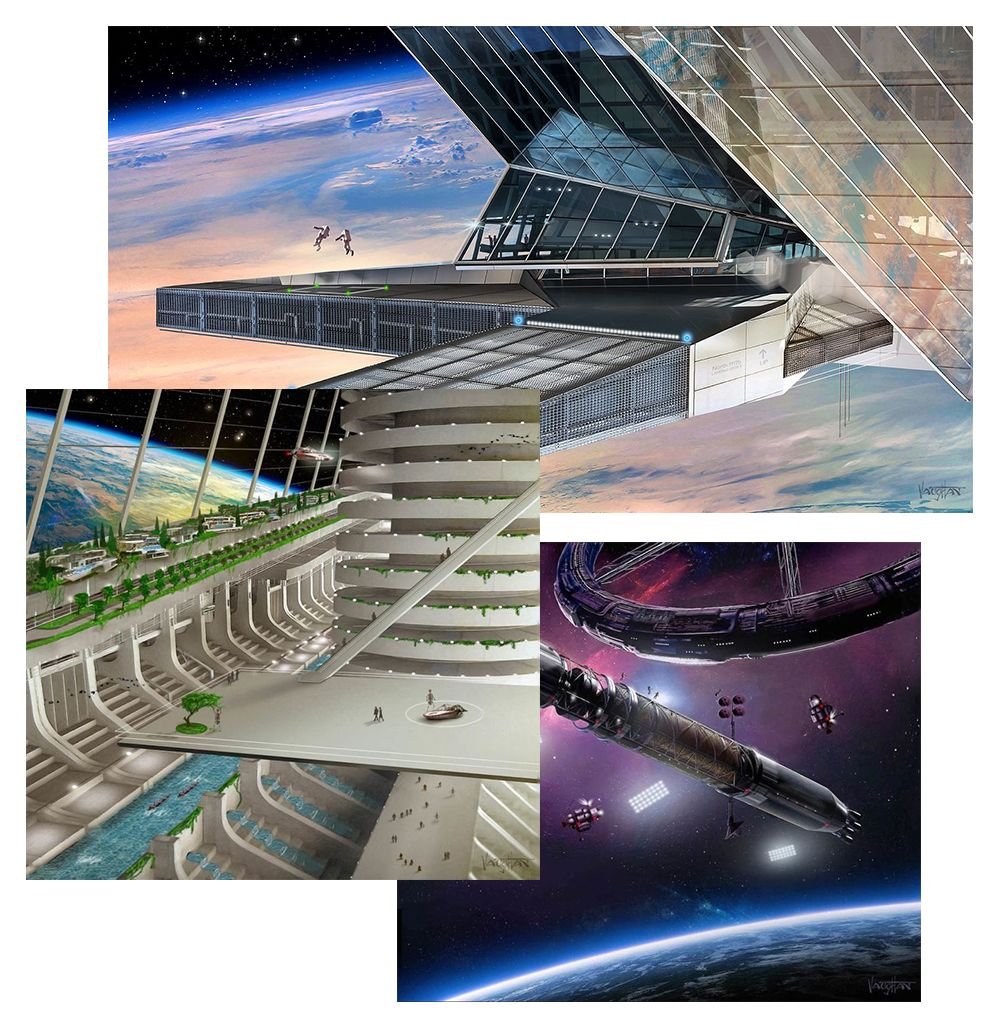
The Asgardia space colony is another example of Earthly rules being projected onto Alien territory. The project (above) already has 150,000 citizens awaiting their new home.
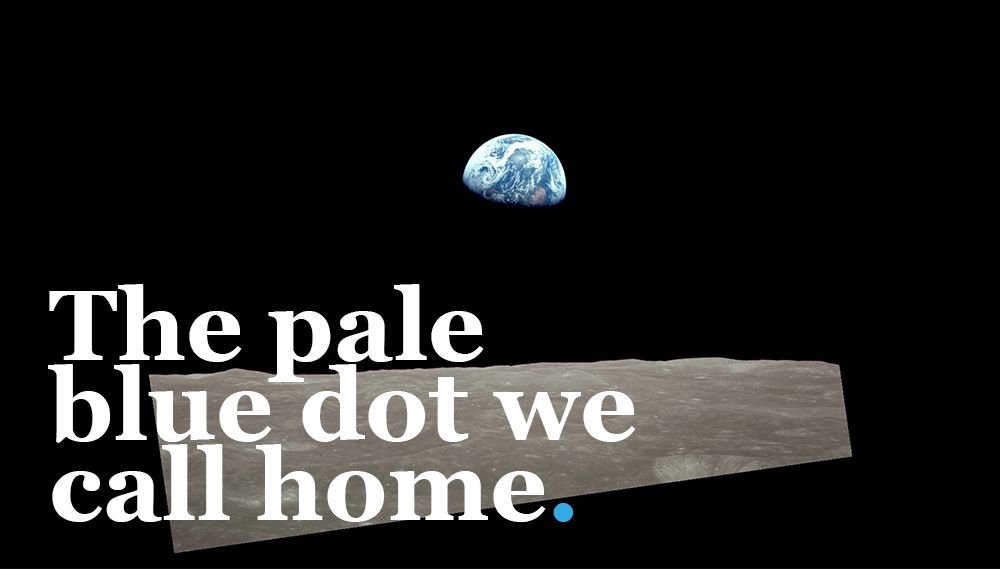
Stretching Minds Through the Looking Glass
"... there is perhaps no better demonstration of the folly of human conceits than this distant image of our tiny world. To me, it underscores our responsibility to deal more kindly and compassionately with one another and to preserve and cherish that pale blue dot, the only home we’ve ever known.” - Carl Sagan (1996)
The Pale Blue Dot gave us perspective. A view from up top looking down exposed a type of empathy that humanity hadn’t previously experienced. Surrounded by an infinite black abyss, we saw that Earth is a sapphire. We re-discovered the rare moment in time that we are all a part of.
Every utopia needs a good view, right? All of these fantastic proposals have a key and colorful backdrop, Earth. This interplanetary nostalgia is an important thing to emphasize. There’s a lot to learn from the way in which we render our space-age fantasies. Each of these proposals has a beautiful view of Earth. But why?
Ultimately, are we celebrating our birthplace, or memorializing our mistakes?
Sources
“Space Settlements : A Design Study" produced in 1975 by the NASA Ames Research Center.
“Pale Blue Dot" written in 1996 by Carl Sagan.
Collage Materials
"A Giant Step or Springtime Skip" graphic used for collage."Pollution" graphic used for collage."Tell Your Mother I Love Her" graphic used from WIRED."A Question of Survival" graphic used for collage."Give Earth a Chance" graphic used for collage."Earthrise" NASA image used for collage.

